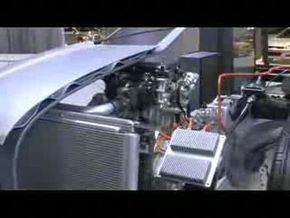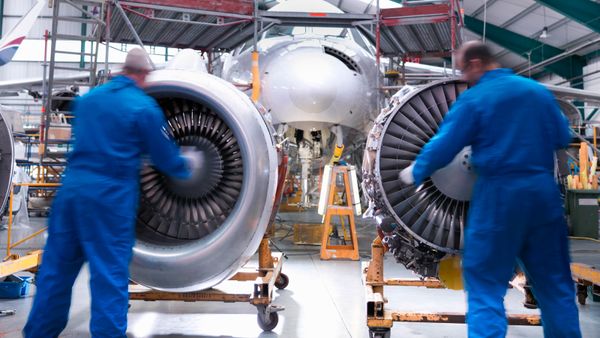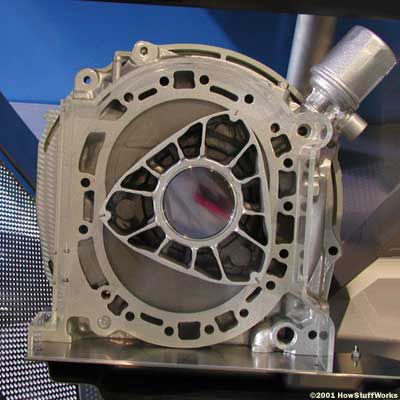A car’s engine operates most efficiently at high temperatures, emitting less pollution and keeping its components in top condition. However, as a car burns fuel, it produces a surplus of heat. The job of the car’s cooling system is to allow the engine to quickly attain its maximum temperature, maintain that temperature during its use and release the excess heat into the air.
The cooling system is composed of various parts: the radiator, pressure cap, fan, pump, thermostat, hoses and overflow tank. The pump sends cooling fluid to the engine where it absorbs the engine’s heat. After exiting the engine, it runs by a thermostat. If the cooling fluid is below the maximum temperature, the thermostat stays closed and the fluid is re-routed back to the pump. However, if the fluid is overheated, the thermostat’s valve opens, routing the fluid through a radiator first. The radiator cools the fluid by releasing its heat to the air before returning it to the pump.
Advertisement
Cars can have a liquid cooling system or an air cooling system, although most modern cars are liquid-cooled. With a cooling system based on liquid, fluid contained in pipes passes through the engine, absorbing heat while cooling the engine. If the fluid gets overheated, it’s routed through the radiator, which acts as a heat exchanger, releasing the surplus heat to the air. On the other hand, a cooling system based on air has aluminum fins surrounding the engine. When the engine gets overheated, fans blow air over the fins to conduct the heat away from the engine’s cylinder, cooling it down.
Engines are heated in a similar way when starting up the car. The pump starts the process by sending fluid through the engine. As the fluid leaves the engine, if it hasn’t reached the minimum temperature, it needs to pass through a heater core before being re-routed to the pump.
Advertisement


